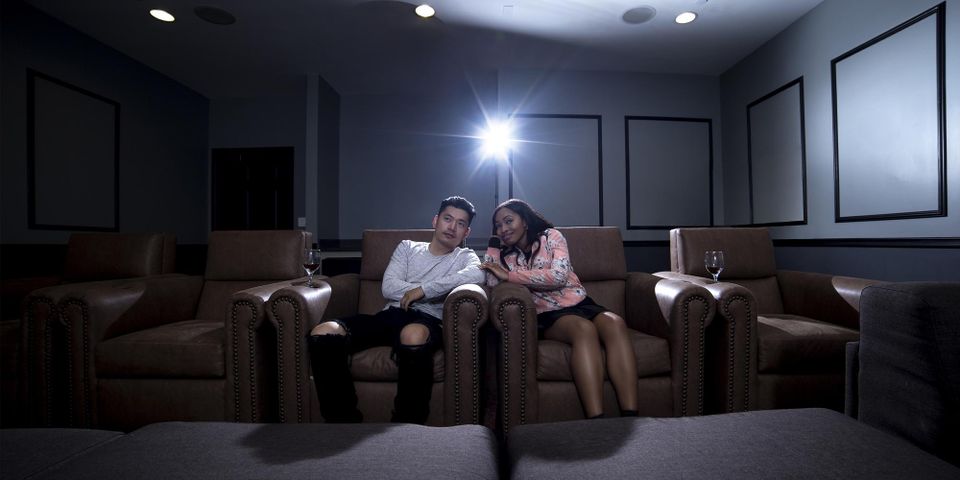How to Choose the Right Projector Screen for Your Home Theater

Home theater systems are comprised of many parts, with one of the most important being the projector screen. For the best home viewing experience, you can’t just rely on a blank wall or bed sheet, or you won’t get the most out of your projection system. To enjoy bright colors and high-quality imagery, familiarize yourself with the different shapes, colors, and other screen options available, and select the right ones for your particular space. Some factors to consider are explained below:
Factors to Consider When Choosing a Projector Screen for a Home Theater
Screen Color
Most people assume that because white is such a common “blank canvas” color, it’s probably the most unobtrusive one for a projector screen. While this might be true in perfectly dark rooms, gray actually works out better in most home theaters. This is because it’s actually very difficult to get a room completely dark, and a white screen would end up reflecting too much light and creating glare. Gray screens, on the other hand, will absorb extraneous light, making for a better viewing experience.
Flat vs. Curved Screens
The most popular projector screen shape is the flat kind, because of its simplicity, making it ideal for older films. It might not necessarily create the effect you want, however. If you love action or other visually stunning genres, you might like the curved screen, which is usually fixed (as opposed to pull-down or electric). These unique and increasingly popular screens make audiences feel like they’re part of the action, as the curved design creates a panoramic effect.
If you need help outfitting your home theater with the best gear, stop by Alamo Electronics in Cincinnati, OH, for expert help selecting the right equipment. Whether you’re building an indoor or outdoor audiovisual system, their skilled and knowledgeable staff will help give you and your guests a stunning entertainment experience. Call (513) 791-2300 to make an inquiry, or browse their website to browse past work.
About the Business
Have a question? Ask the experts!
Send your question

